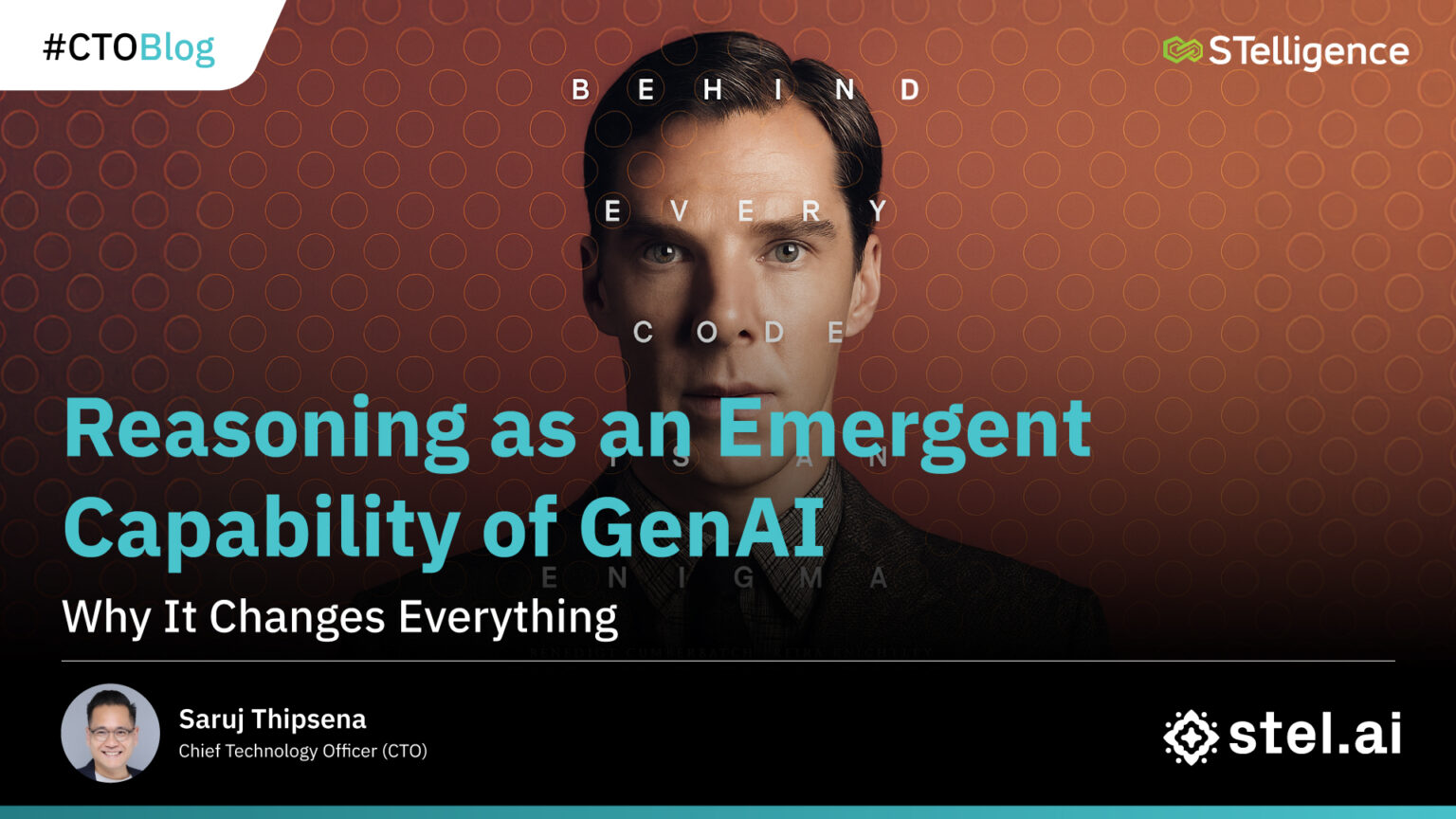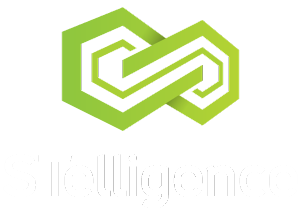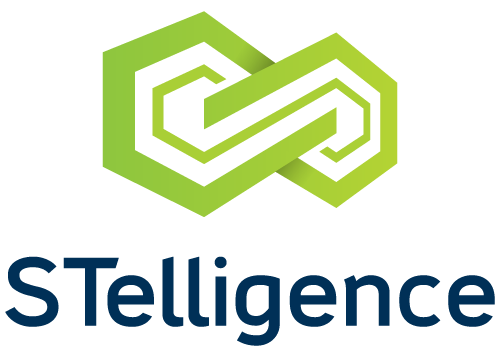
In the ongoing evolution of Generative AI, one capability has captured growing attention from technologists and executives alike: reasoning.
We’re hearing more and more that LLMs can “reason.” But what does that actually mean? And why does it matter — especially to enterprise leaders navigating the future of digital platforms?
To answer that, we need to start with a concept from complex systems science: Emergence.
Emergence: Capabilities That Aren’t Programmed — They Arise
Emergence refers to the phenomenon where a system exhibits behaviors or capabilities not found in its individual components, but which arise when those components interact at scale. In simpler terms: the whole becomes greater than the sum of its parts.
This isn’t unique to AI. We see it across nature — in physics, biology, even human society. Boiling water is a classic example: bubbles and vapor don’t exist in cold water, but once you heat it past 100°C, a new behavior “emerges”. The boiling point is not coded into the molecules — it arises from how they behave collectively under certain conditions.
The same applies to bird flocks. Thousands of birds move as one, with no central leader, guided by simple individual rules. Yet the result is a complex, coordinated system — an emergent behavior.
Emergence in LLMs: When Scale Enables Unexpected Intelligence
In the world of LLMs, emergent properties refer to abilities that were not explicitly programmed or trained into the system, but appear spontaneously when the model becomes large and data-rich enough.
Examples include:
- Translating between languages it was never explicitly trained on
- Logical reasoning across multiple steps
- Writing or debugging code from natural language prompts
- Synthesizing answers from multiple pieces of unstructured information
These abilities do not result from manual rule-setting. Rather, they emerge organically from the model’s internal structure — a reflection of the data it consumes and the statistical patterns it learns.
Among these, perhaps the most profound is reasoning.
Reasoning: Not Just Recall, but Structured Thought
Reasoning in LLMs doesn’t mean repeating memorized facts or composing grammatically correct sentences. It means processing information in logical sequences, drawing connections, and producing outputs that reflect multi-step understanding.
Take this question:
“If your dentist appointment is next Wednesday, and this Wednesday is June 21st, what’s the date of your appointment?”
To answer this correctly, a model must:
- Understand that “this Wednesday” refers to June 21
- Infer that “next Wednesday” is seven days later
- Calculate: 21 + 7 = June 28
This is chain-of-thought reasoning — the model doesn’t just “know” the answer; it arrives at it through sequential logic.
Or consider this:
“John’s mother has three sons: Tennis, Golf, and…?”
Many might look for patterns in the names (Tennis, Golf…) — but a closer reading reveals the answer: John.
The model must understand contextual relationships, not just semantic content. That’s what reasoning in LLMs looks like. It mirrors human cognition more closely than we ever expected from a statistical system.
Why This Matters: Reasoning Is the Bridge to Real Knowledge
Language is more than words — it’s logic embedded in communication. Words like “because,” “if… then,” and “therefore” encode cause-effect structures we use in daily reasoning. LLMs, by training on massive volumes of real-world language, implicitly learn these patterns — even though we never explicitly taught them formal logic.
So while the model isn’t running logic functions in the traditional computer science sense, it abstracts rules from linguistic exposure. It learns to reason the same way we learn to speak — by immersion and generalization.
This is not trivial. It means machines are now capable of grasping not just syntax, but conceptual relationships — the kind of reasoning that underpins business decisions, scientific hypotheses, and ethical debates.
Strategic Implications for Enterprises
Why are AI researchers and technology leaders so energized about this development?
Because it shifts the paradigm: we’re no longer instructing machines step-by-step. We’re designing systems that develop new capabilities autonomously, simply by scaling up and ingesting human data.
This opens new doors for:
- Medical AI that synthesizes symptoms, history, and literature to suggest diagnoses
- Enterprise systems that assist in strategic planning based on multi-variable scenarios
- AI copilots that support ethical reasoning, legal interpretation, and policy modeling
It marks a transition from programmed automation to emergent intelligence — and that has profound consequences for how we design, trust, and govern our digital systems.
From Turing’s Dream to Today’s Reality
In 1950, computing pioneer Alan Turing asked: “Can machines think?” He proposed the now-famous Turing Test — if a machine can carry on a conversation indistinguishable from a human, we might consider it capable of thought.
Turing predicted that within 50 years, we might build machines that can “play this game” convincingly. Today, we haven’t fully crossed that threshold — but it’s clear we’re closer than ever.
We are witnessing, in real time, the emergence of machine reasoning — not through fixed logic or symbolic programming, but through exposure to human language and knowledge.
So for all of us in today’s world, the key question isn’t just “Can AI reason?” but:
How can we harness emergent intelligence to benefit both our organizations — and society at large?

